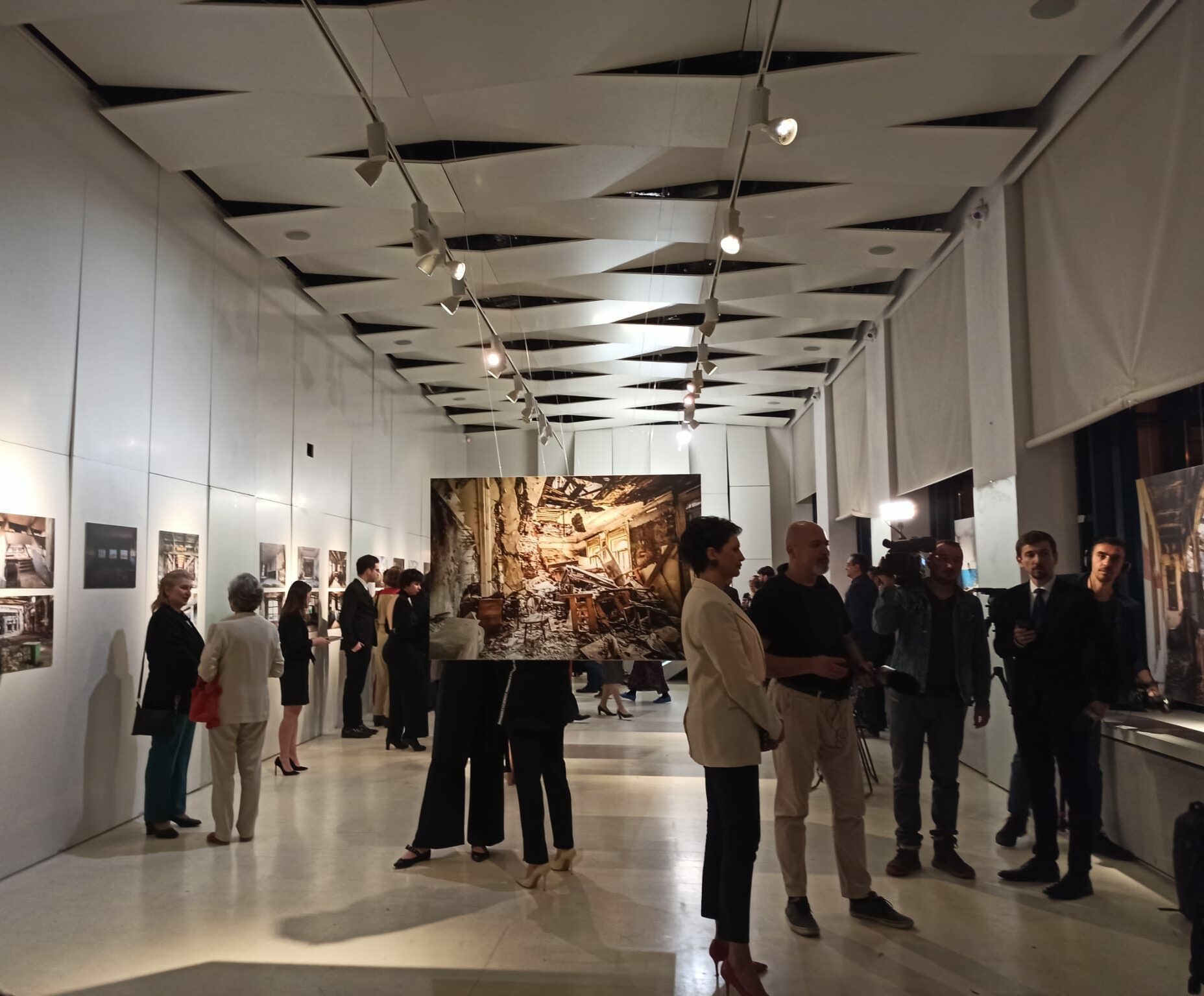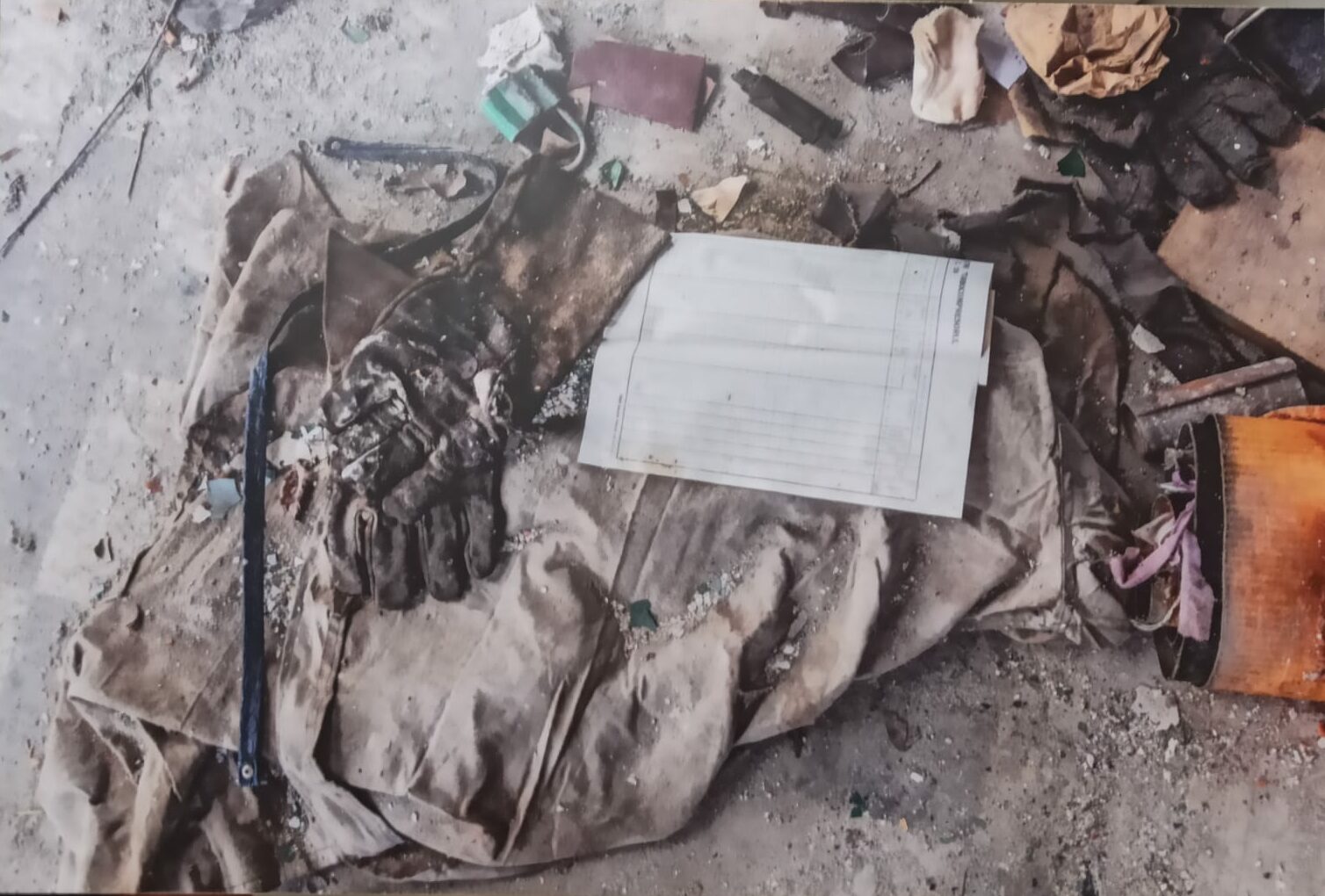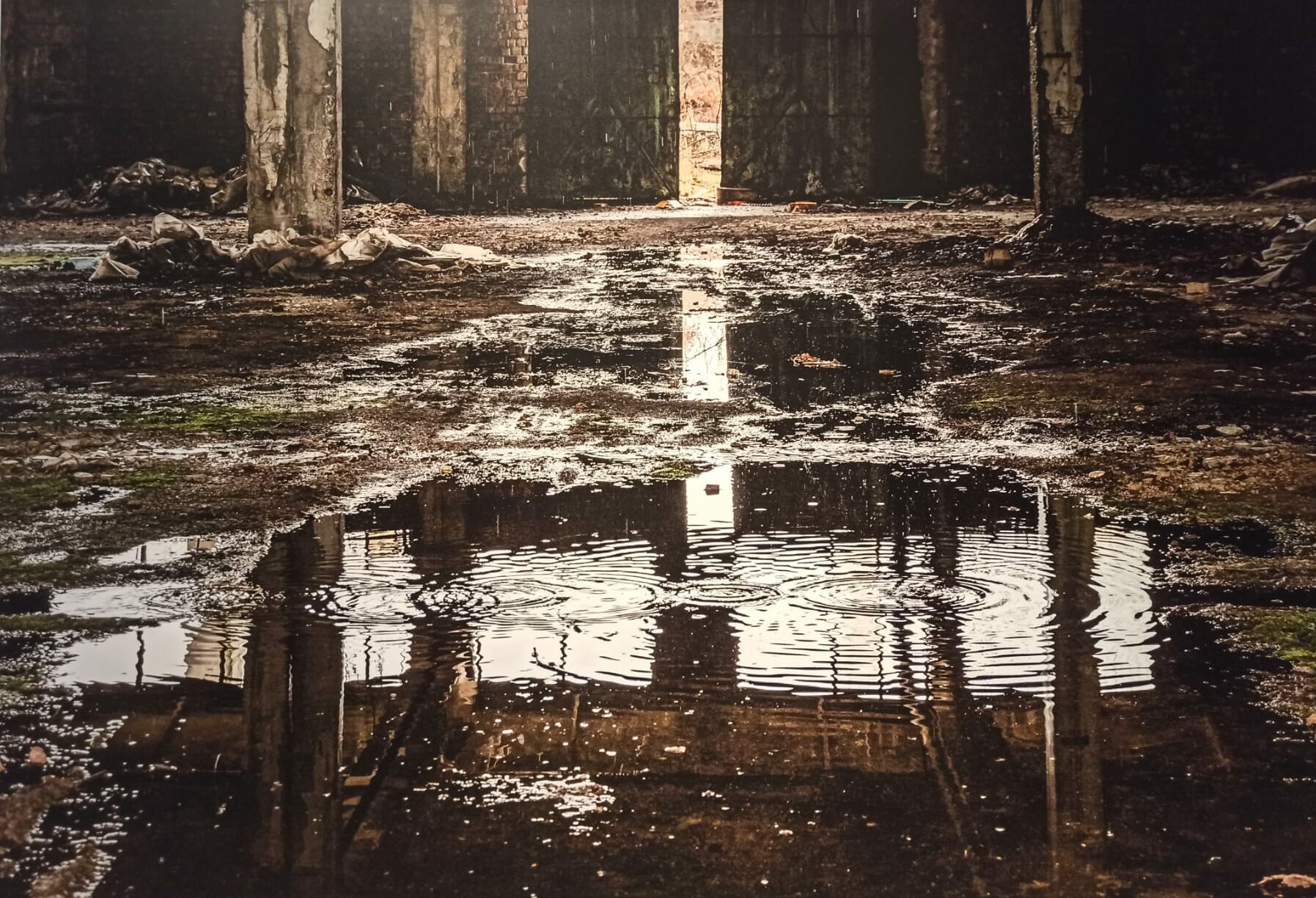A step on brick crumbs, a boot in the mud, a ray of morning light through the dust.
The room is white, crisp, it breathes slowly like an iron lung, drawing in and exhaling the visitors. As you step in, the ambience is perfectly civil, a midway decent modern art gallery filled with unfamiliar faces. Yet, as one steps in and the neon lights dim, she is sucked out of the fresh and tall walls and drawn into a murky realm, this time around fully and inextricably uncivil. A world of decay, of factories, houses, halls crumpled and vanquished, surrendering to the elements.

Urban exploration has for a long time been a source of fascination and supply for artistic endeavours. For one, it provides man with a handy supply of fairy stories sometimes no further than his decrepit basement. The goblins, pixies, our hopes and nightmares might just be around that collapsed factory chimney. As it is, one can wonder: what can then be new about another urban exploration photography exhibition? In the quest for wonder, one sometimes readily forgets the human faces imprinted in the factory floors, the minds that have manned conglomerates with more men at the oars than Spanish warships ever had, countless arms, smiles and lungs coating the spaces of our cities – and that is exactly what “Of Stone and Steel – A Voyage into the world of Urbex” is about.

The exhibition assembles a collection of photographs belonging to Her Royal Highness Princess Sofia of Romania, whose new project strays rather far away from most of her previous works, mainly comprised of natural landscapes and travel photography. If anything, it resembles the very collection proceeding this one, a photo journal of day-to-day life in the Romanian monastery, documented through first-hand experience.
Urbex is nonetheless more abstract: it shows no faces, but only the traces that humans have left in vestiges past, marks of individual and communal lives left behind. Just as buildings and sites were once living and are now photographically captured frozen in time, human life is also missing, only its past imprinted into the walls of the sites. With one life line missing, another declares patronage. The buildings, although painted motionless, are claimed by natural whims and go through a constant metamorphosis of decay. In being abandoned, it is as if vital force is transferred, making them very much alive and very difficult to capture as vividly as they are here.

The exhibition, paradoxically, speaks through absence. It renders palpable one of the underlying principles of photography: the dark, thus the absence of light, underlines the visible. In a similar fashion, the cityscapes, devoid of human presence, but ever so slightly touched by it, capture the gaze of the onlooker, who stares in wonder and disbelief. Indeed, any human character present would have instantly become the focal point of the images; this way, we are forced to disregard the subject and study the object of its actions and the process through which it has become.

The sensory experience within the gallery is completed by objects brought back from the very sites that were photographed: dusty wooden blocks, what might be toxic waste (safely encapsulated), period postcards and one single crumpled leather shoe. To the right of the entrance, the smell of musty paper and textiles are the art aficionado’s Proustian madeleine.

For a collection encompassing such dimensions, both physically and metaphorically, the only regrettable points also regard size – it would have definitely benefitted from a larger space and definitely a lengthier showcasing time. One can only hope that, as the City grows out, it elegantly steps aside to make way for more such images.


Un comentariu la „“Of Stone and Steel – A Voyage into the world of Urbex””